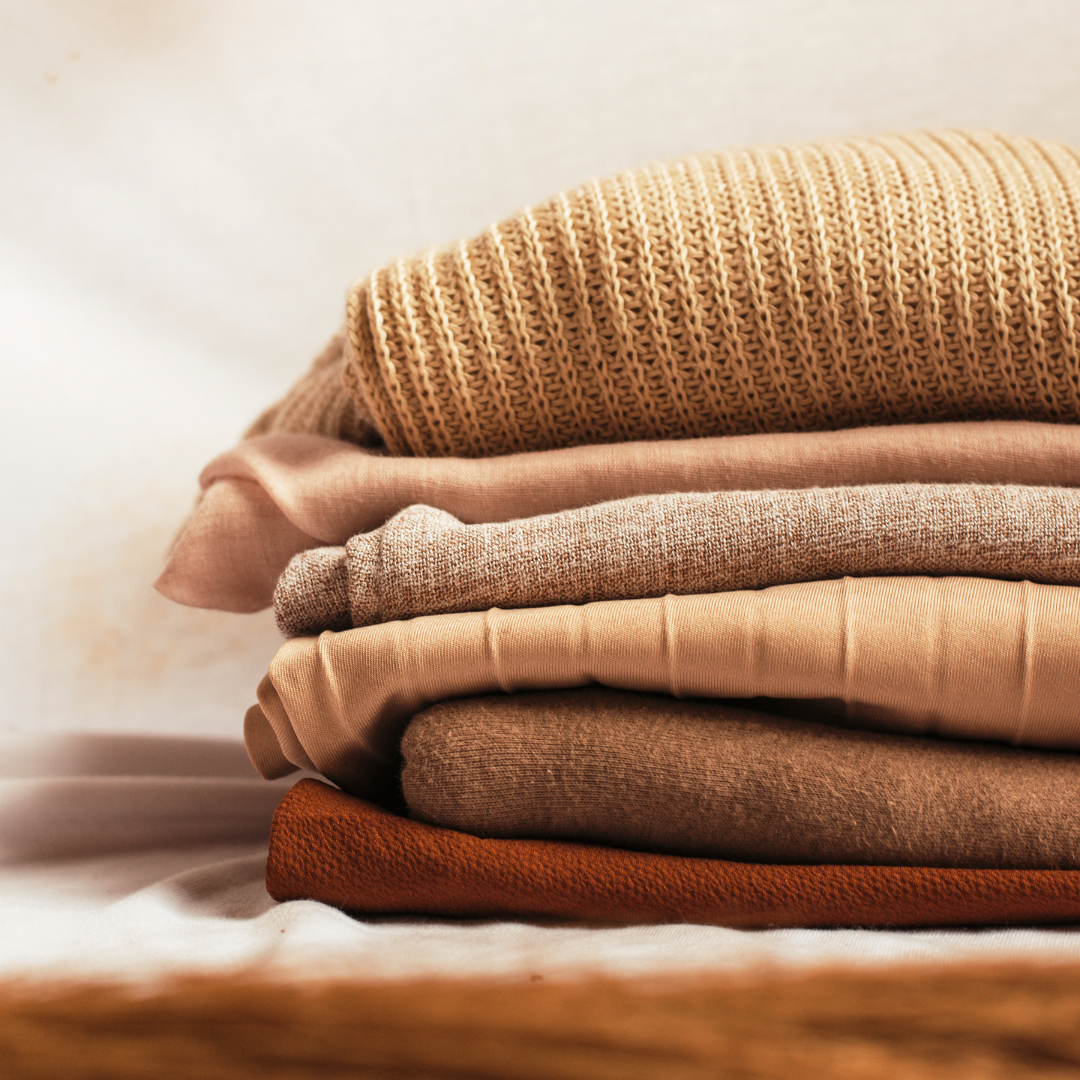
The Power of Dressing: How Our Clothing Choices Speak Louder Than Words
Fashion is more than just clothing; it is a powerful form of self-expression that enables individuals to communicate their emotions, moods, and identities without speaking. Our clothing, with its vibrant colors and intricate textures, is a silent language that speaks volumes about our innermost feelings and thoughts. Understanding the art of transmitting emotions through fashion not only empowers individuals to express themselves authentically but also creates a deeper connection between personal style and emotional well-being.
1. Color Psychology: Conveying Mood Through Hues
Color plays a pivotal role in conveying emotions through fashion. Vibrant, warm hues such as red and yellow often signify energy and passion, while cool tones like blue and green evoke a sense of calm and tranquility. By incorporating specific colors into their wardrobe, individuals can effectively convey their moods and emotions, allowing their clothing choices to reflect their inner state and create a visual language that speaks volumes without the need for words.
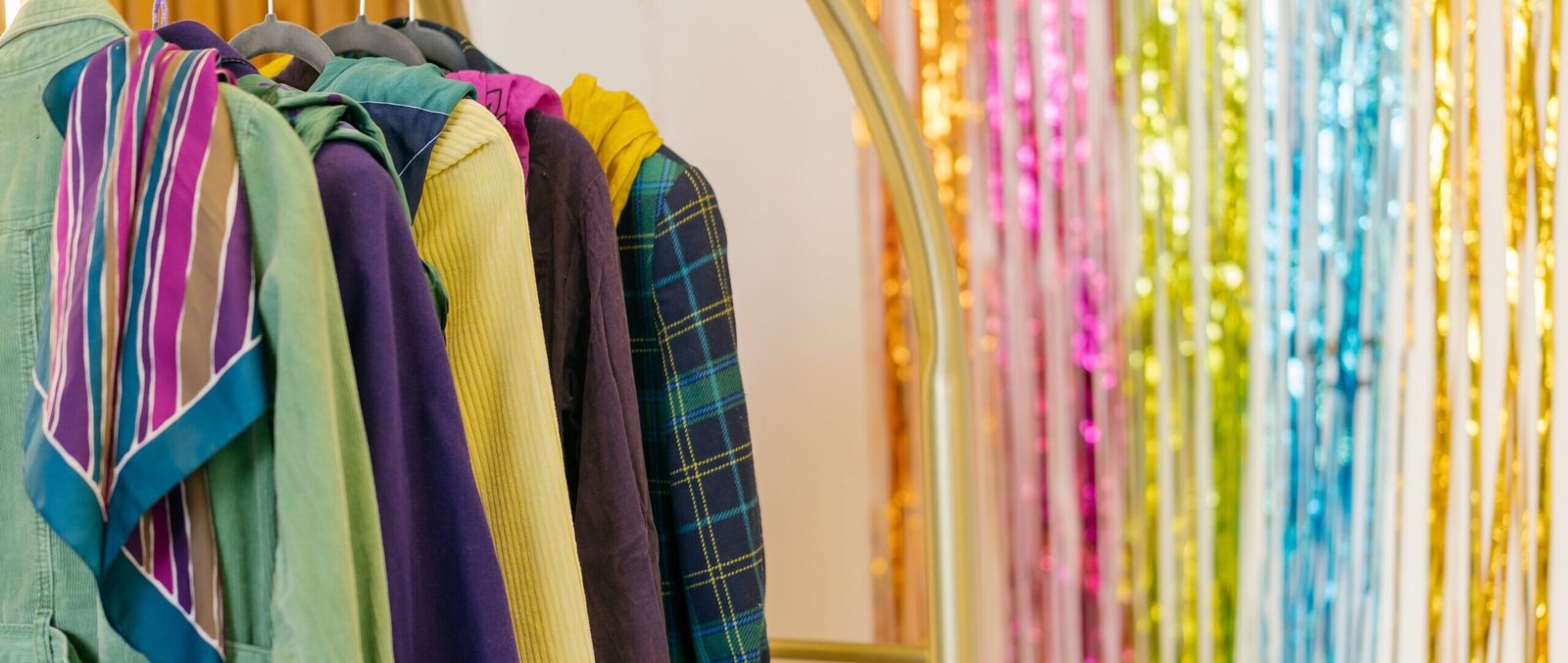
2. Texture and Fabric Choices: Eliciting Sensory Responses
The texture and fabric of clothing can evoke tactile sensations that communicate emotions and moods. Soft, flowing fabrics like silk and chiffon may convey a sense of elegance and grace, while textured fabrics such as denim or leather can signify strength and boldness. By selecting fabrics that resonate with their emotional experiences, individuals can create a tactile dialogue that amplifies the emotional impact of their fashion choices.
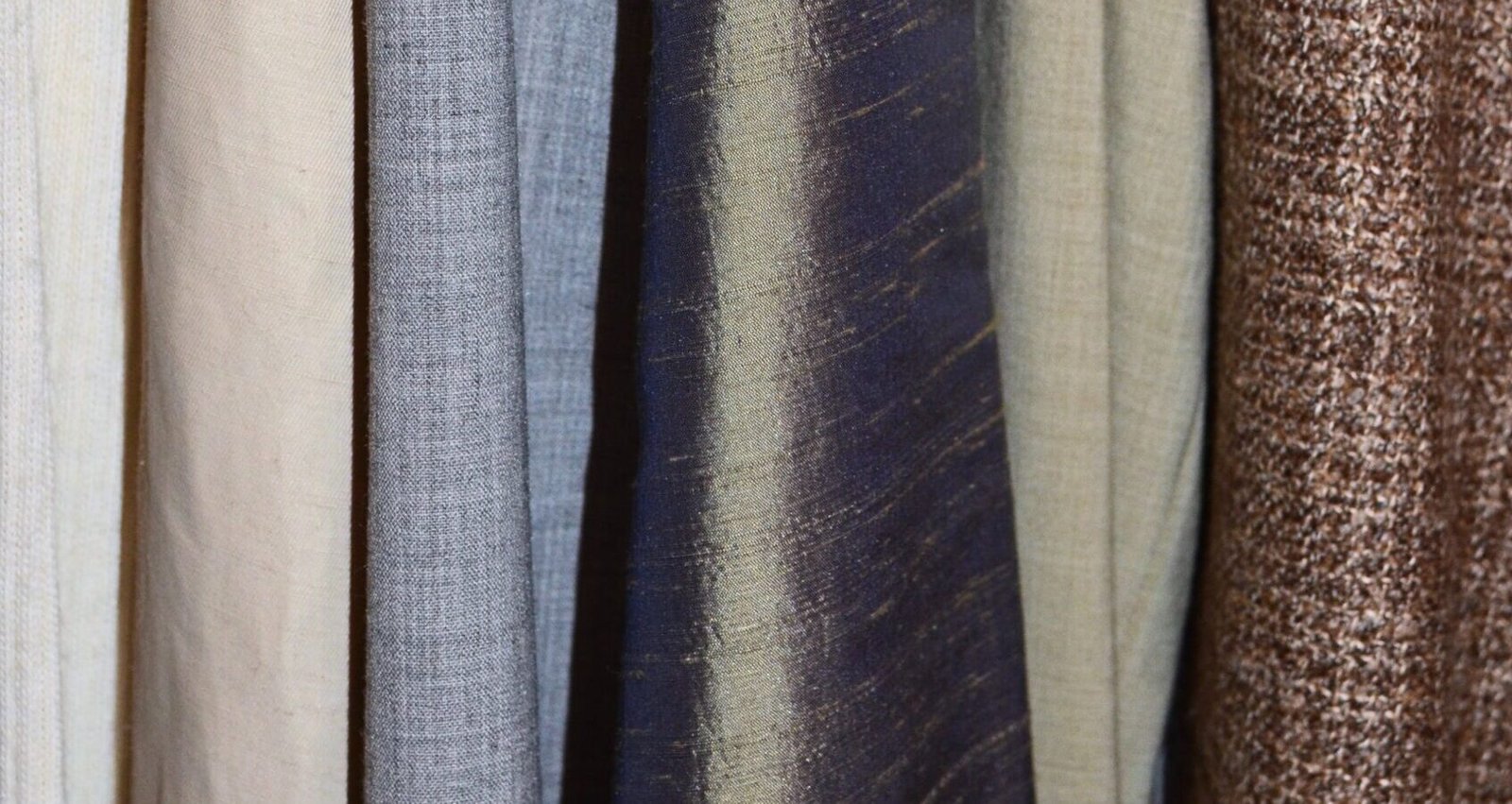
3. Silhouettes and Styles: Expressing Personal Narratives
The silhouettes and styles of clothing can narrate stories of individuality and self-expression. Flowing, ethereal shapes may convey a sense of freedom and whimsy, while structured, tailored designs can give confidence and professionalism. By choosing silhouettes and styles that align with their narratives, individuals can assert their unique identities and communicate their emotional experiences to the world.

4. Accessorizing for Emotive Impact: Adding Personal Touches
Accessories serve as embellishments that can accentuate and amplify the emotional impact of an outfit. Delicate jewelry, statement handbags, and bold footwear choices can all contribute to the overall emotional narrative of an ensemble. By carefully selecting and layering accessories, individuals can add personal touches that enrich the visual language of their fashion choices and convey nuanced emotions and sentiments.
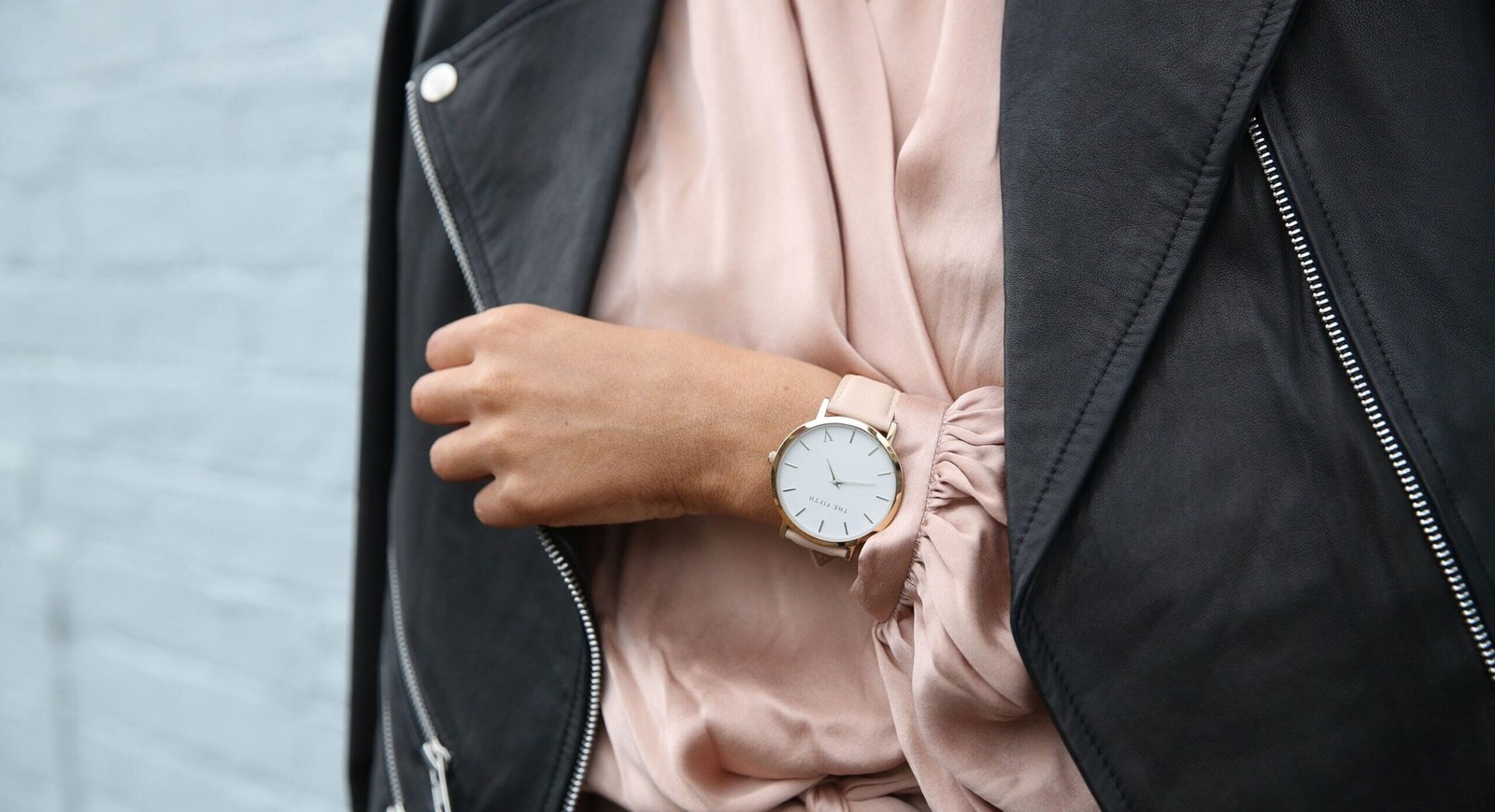
5. Cultural and Symbolic Significance: Contextualizing Emotive Expression
Fashion often draws inspiration from cultural and symbolic references, allowing individuals to convey emotions within a specific cultural context. Traditional attire, symbolic motifs, and cultural garments can communicate a rich tapestry of emotional narratives, reflecting historical, societal, and personal significance. By incorporating cultural and symbolic elements into their wardrobe, individuals can contextualize their emotional expressions and foster a deeper understanding of cultural and emotional connections through fashion.
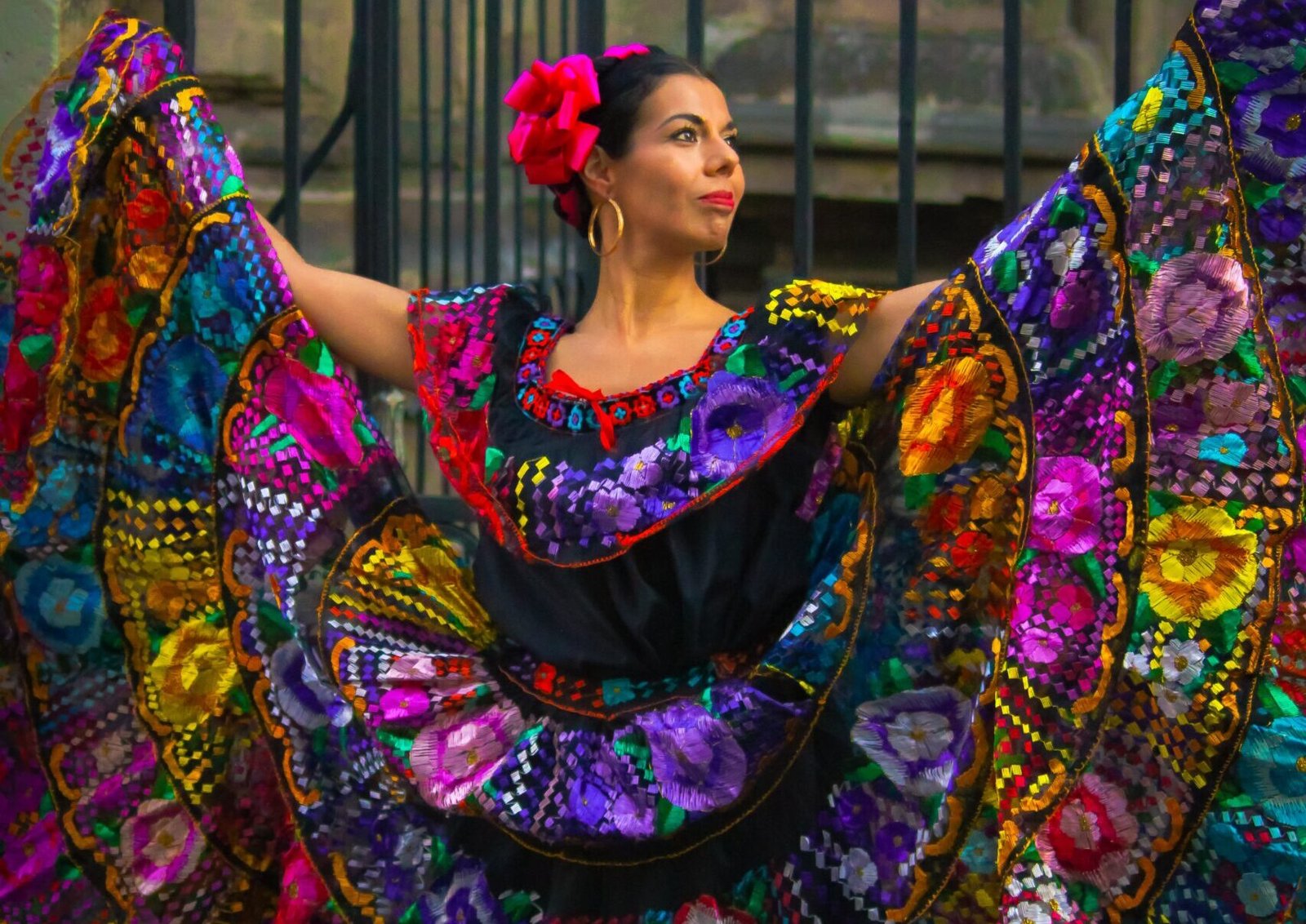
In conclusion, fashion is not just about looking good but also about expressing oneself emotionally. It is a powerful tool for communicating our moods, emotions, and identities through clothing choices. By paying attention to the subtle details of what we wear, we can harness the transformative power of style to express our authentic selves and connect with others on a deeper level. So, let’s embrace the emotive potential of fashion and use it as a means of emotional communication to foster a more open and empathetic society.
Surreal Creations, Limitless Expression. Dismiss